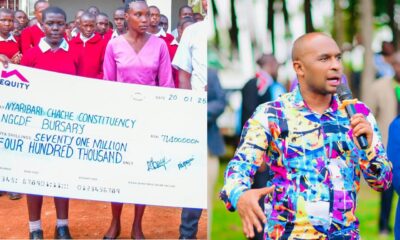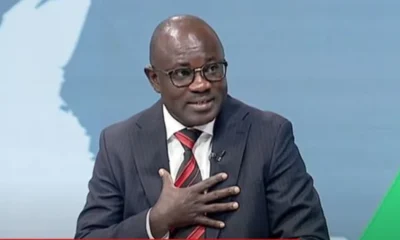World News
Supreme Court Rules in Favor of Oklahoma Indian Claim
-

 General News1 week ago
General News1 week agoResidents Accuse CDF Officials of KSh 2,000 Bursary Bribes – MP Zaheer Jhanda Under Fire in Nyaribari Chache
-

 General News4 days ago
General News4 days agoRoads in Kitutu, Colleges in South Mugirango, Rice and Beans in Nyaribari Chache: Is This MP Zaheer Jhanda’s Version of Development?
-

 Politics4 days ago
Politics4 days agoSon of Siaya or Son of Busia? David Ochieng’s Politics of Convenience Exposed
-

 General News2 days ago
General News2 days agoExposing the Scandals of James Orengo in Siaya and Lands Ministry






